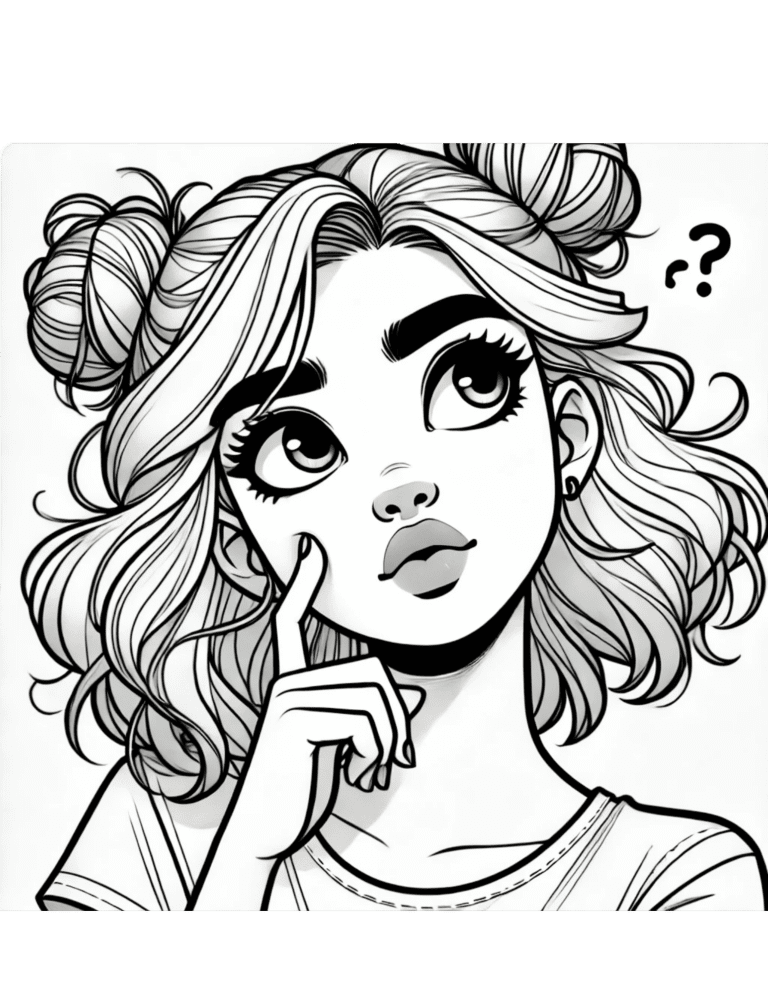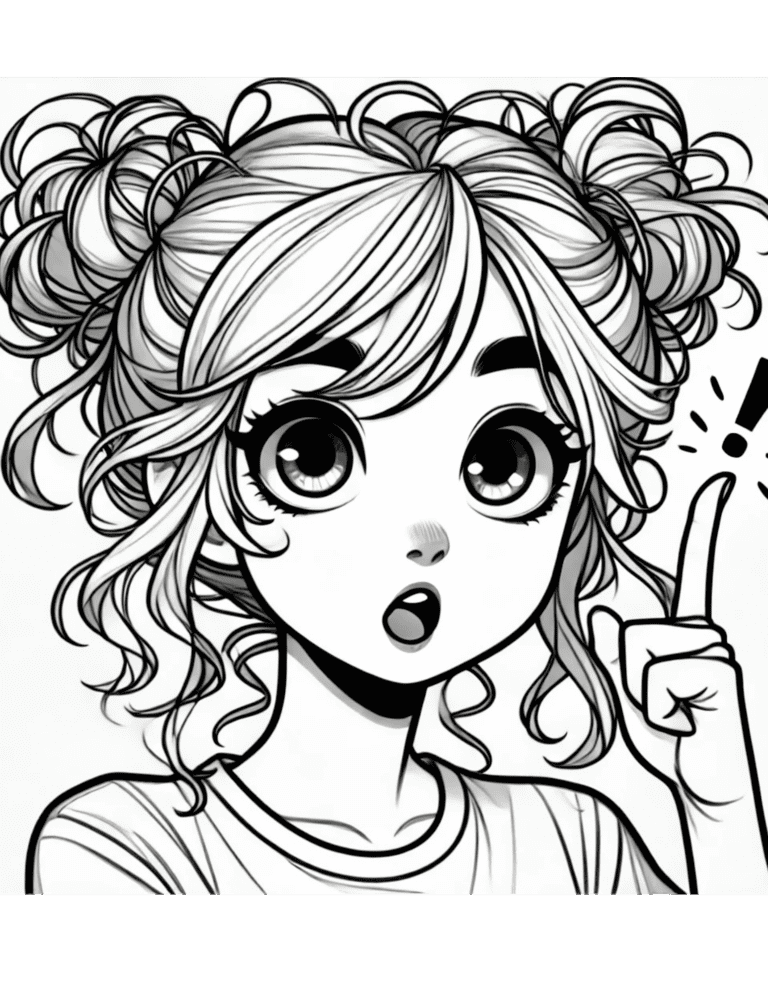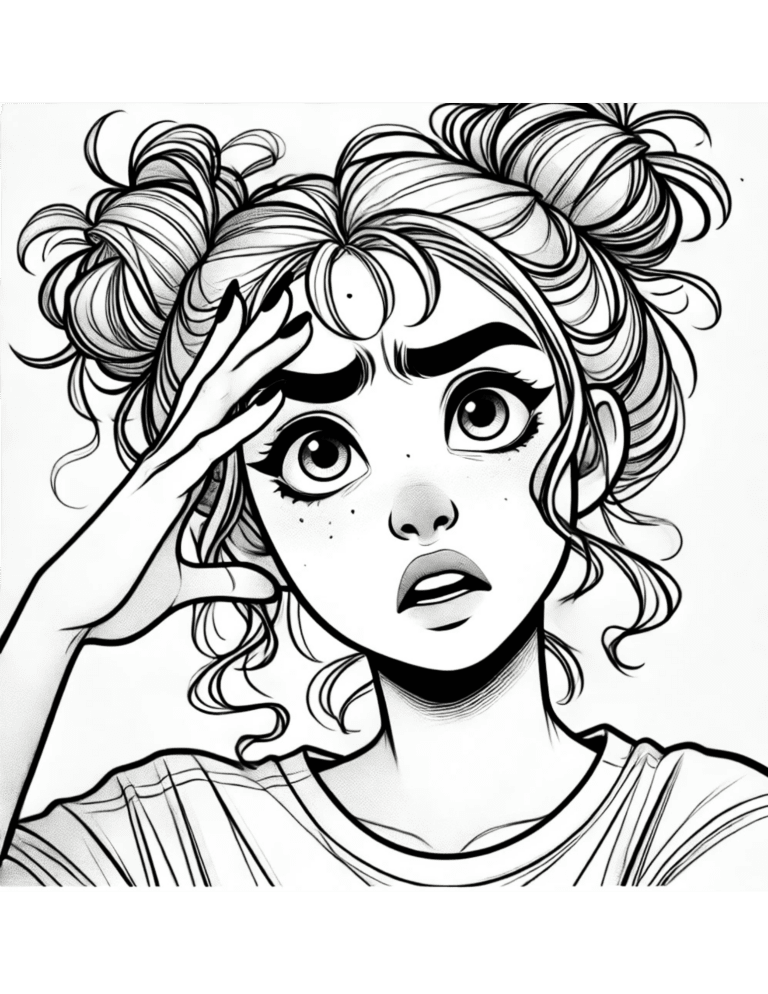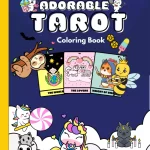Physical Address
304 North Cardinal St.
Dorchester Center, MA 02124

Coloring is fun and rewarding, but if you want to improve coloring skills, there are techniques that can take your work to the next level. Whether you color for relaxation, artistic expression, or DIY projects, these tips will help you get better results. Let’s dive in!
Using high-quality materials will improve coloring and make blending easier.
Experiment with Different Mediums: Colored pencils, markers, gel pens, and watercolor pencils each create unique effects. Trying different tools can add variety and excitement to your coloring sessions.
I used to struggle with uneven colors until I switched to better markers—suddenly, blending became smoother, and coloring felt more fun! Good markers not only improve color quality but also make the process more enjoyable.
Use the Right Paper: Thick paper prevents bleeding and helps with smooth blending. Mixed media or marker paper works well for alcohol markers, while textured paper is best for colored pencils.
When I first started coloring, I would just pick random colors without thinking—and my designs always felt off. Learning about color theory was a game changer. Understanding how colors work together was probably the best thing I did to improve my design, making my artwork look more balanced and professional.
Color Harmony: Use complementary, analogous, or triadic color schemes to create balanced designs.
Shading and Highlights: Build depth by layering darker shades for shadows and adding lighter colors (or white) for highlights.
Avoid Muddy Colors: Mixing too many shades can make colors look dull. Layer within the same color family for smooth transitions.
I recommend:

Blending is one of the best ways to improve coloring and achieve a polished look.
Layering: Apply colors in soft layers and gradually build intensity.
Blending Tools: Use blender pencils, colorless markers, cotton swabs, or even tissue paper to smooth color transitions.
Burnishing: Apply firm pressure with a lighter color or blender pencil to create a seamless effect.
Cross-Hatching: Use crisscross strokes to add texture and shading.
Better control leads to cleaner and more professional-looking coloring.
Use Sharp Tools: Fine-tipped markers and sharp pencils help with detailed areas.
Slow Down: Rushing leads to mistakes. Focus on each stroke.
Practice Control: Try coloring small sections with steady pressure before moving to larger areas.
Adding texture makes coloring more interesting and unique.
Vary Pressure: Light pressure creates soft shades, while firm pressure gives bold, opaque colors.
Use Patterns: Try dots, swirls, or stripes to add depth and make your artwork stand out.
Looking at other artists’ work can help you improve coloring and spark creativity.

Explore Color Palettes: Check Pinterest or Instagram for fresh color combinations.
Watch Tutorials: YouTube and step-by-step guides can teach new techniques.
Try New Coloring Books: Challenge yourself with detailed designs like mandalas or kawaii-themed pages.
Like any skill, practice is the key to improve coloring over time.
Daily Doodles: Even 10 minutes a day helps build confidence and muscle memory.
Redo Old Pages: Recolor old artwork to see how much you’ve improved.
Coloring is a process, and patience will always help you improve coloring.
Work at Your Own Pace: Rushing leads to uneven results.
Step Away When Needed: If you feel stuck, take a break and come back with fresh eyes.

Personal touches will make your artwork unique.
Use a Signature Color Scheme: Stick to color palettes that reflect your personality.
Add Custom Details: Try doodles, outlines, or personal patterns.
If you want to improve coloring, practice, experiment, and enjoy the process. Grab your favorite tools, find a comfy spot, and let your creativity flow!




